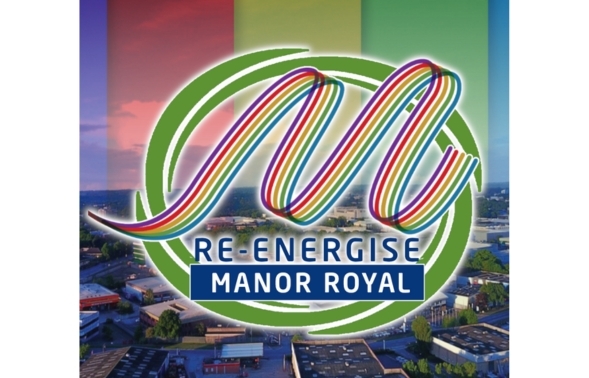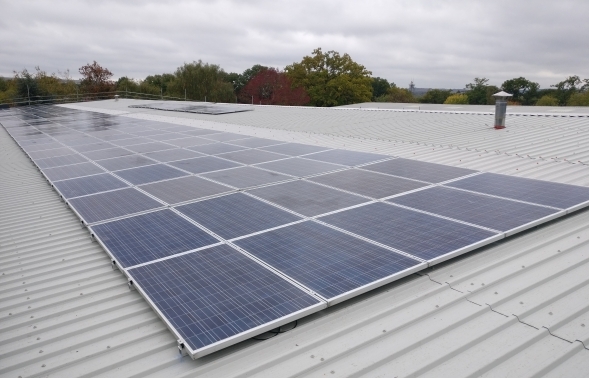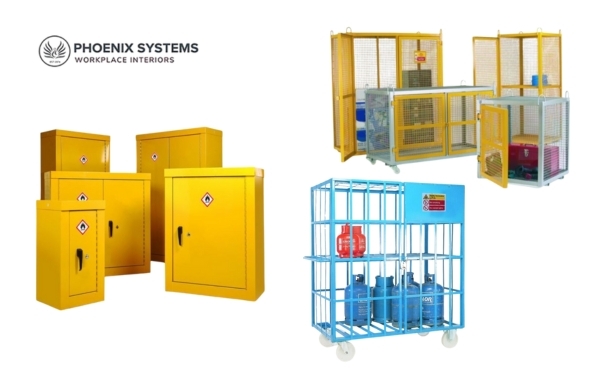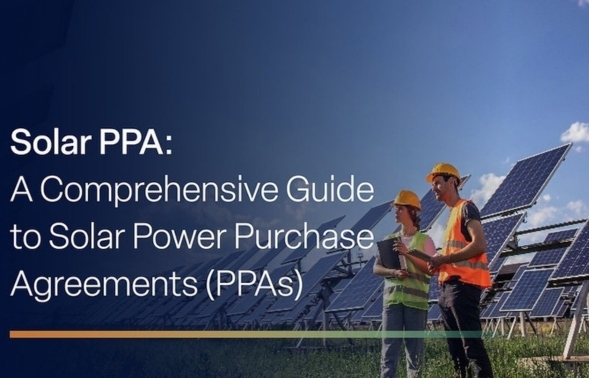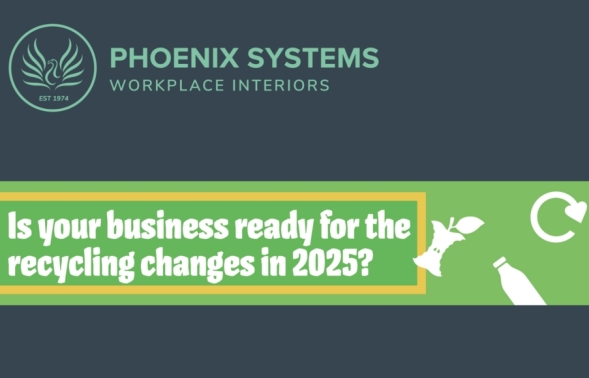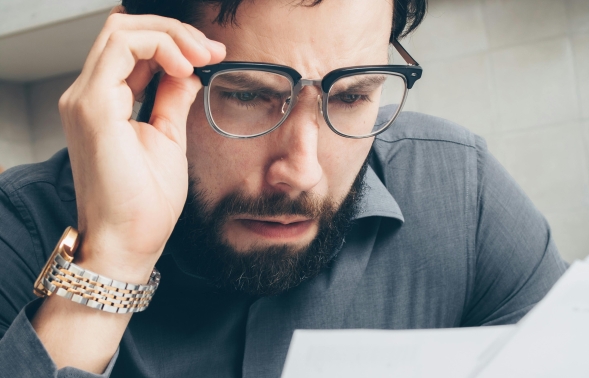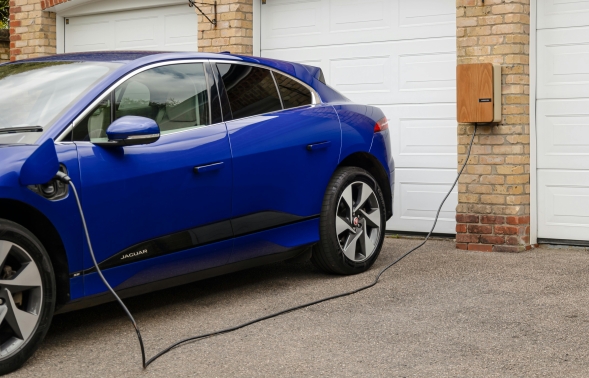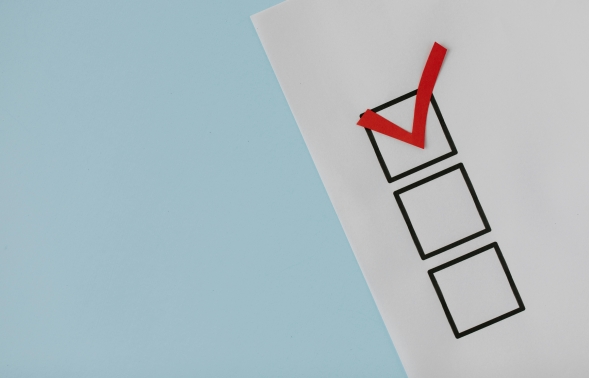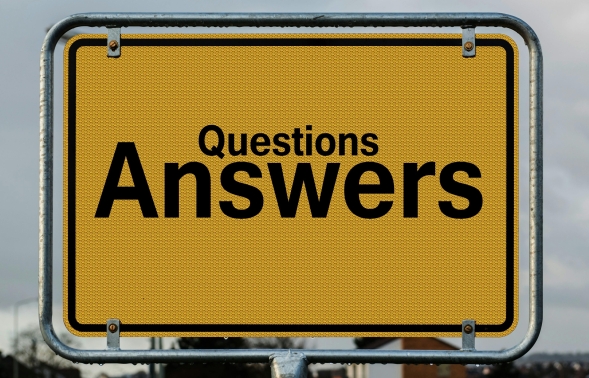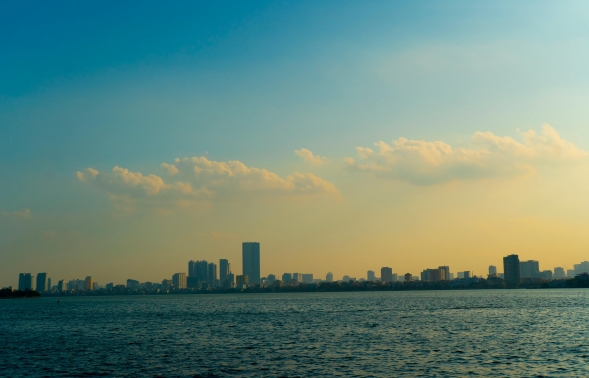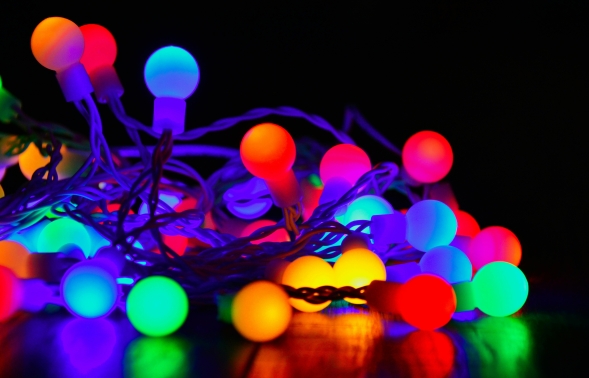A solar panel inverter is a vital part of any solar system, as it converts the energy that the sun produces into usable energy.
Understanding its operation and the various factors that affect its selection is very important to ensure that you get the best possible system.
A solar panel inverter is a type of electrical device that converts the energy that the sun produces into usable energy.
The power generated by your solar panels is converted into alternating current (AC) by a solar panel inverter. This means that you can access the electricity that the sun produces using your building’s wall outlets.
Mobile phones and other modern technology gadgets typically utilise direct current (DC) power to recharge. These devices then convert this AC power into DC by taking it from a socket.
A solar panel can't function properly without an external power source, which is why you need an external power converter.
Aside from an external power source, a solar panel also requires an inverter for various reasons.
DC power is generated by solar panels, while AC power is required by your building’s outlets. The inverter is responsible for converting this DC power into AC.
A solar panel inverter can help you optimise the efficiency of your panels. This can help you maximise the amount of energy that you're able to use.
The connection to the grid is also important if you're planning on selling your excess energy to the grid. Having an inverter that can synchronise the electricity that your panels produce with the frequency of the grid is very important.
In addition to being able to synchronise the electricity generated by your panels, a solar panel inverter can also help you save money on energy bills.
DC power is generated by photovoltaic panels once they receive light from the sun. On the other hand, AC power is required by the majority of properties.
DC power is synchronized with that of the utility grid by means of an inversion process, which involves switching the direct current rapidly.
This ensures that the electricity generated by your panels can seamlessly integrate with the electrical grid. The voltage and frequency of the grid are precisely matched by the inverter.
The two types of solar panels that have an inverter are the standard and the hybrid.
Both types of solar panel inverters can be installed by certified installers.
What are the main differences between the two kinds of solar panel inverters?
A string inverter is another type of solar panel inverter.
Most homeowners use a string inverter for their solar panels.
The string type of solar panel inverter is designed to connect multiple panels together. It can be used with up to 12 panels on a single string.
This type of inverter usually mounts on a wall near the main electricity supply. It offers a cost-effective and simple solution.
What is a microinverter?
Unlike a string inverter, a microinverter is more advanced and smaller. It allows multiple solar panels to operate independently and convert DC to AC power.
This can result in enhanced system performance, especially when one of the panels fails.
This setup provides an easier way to monitor and solve problems related to the panels' performance.
Should you choose a string or microinverter solar panel inverter?
It's important to choose a solar panel inverter that's suitable for your needs, as each type has its own advantages and disadvantages.
Most homeowners choose a string inverter due to its affordability and ease of maintenance compared to microinverters. But, if one of the panels performs poorly, the overall output of the system will be affected.
A microinverter ensures that the other panels are not affected if one of them performs poorly. This type of inverter is ideal for situations where the panels' performance might be affected by different factors, such as dust and shading.
The cost of a microinverter is around £175 for each panel, while the cost of a string inverter is around £1400 for each 12 panels.
The cost of microinverters is much higher than that of string inverters when it comes to whole-system installations. For instance, if a solar PV system has 12 panels, the cost of a string inverter would be around £1,400. On the other hand, a microinverter would cost around £2,100.
Although these prices represent estimates, the actual cost of the product may differ.
The good news is that, when you're planning on purchasing a battery and solar system, the inverter should be included in the deal. This eliminates the need for you to budget separately.
The type of inverter you need will also be determined by your requirements.
In most cases, you'll require an inverter that's around 75% bigger than the size of the solar panel system's main output, which is the kilowatt-peak.
The rating of the inverter should be lower than that of the system's main output, ensuring that it can work seamlessly.
The startup voltage of each type of inverter is the amount of power it requires to start converting DC power from the panels. If the size of your system's or your panels' inverter exceeds its output, your panels may not be able to provide enough electricity to switch on it.
If the output of your panels exceeds the maximum of the inverter, it will start to clip, which will limit how much power it can handle at that time.
A reputable installer will try to fit the correct size of the inverter to ensure that it operates properly every day. They'll also minimise the clipping that can occur.
The minimum number of panels that an inverter requires?
A string inverter typically requires four solar panels to operate properly.
On the other hand, microinverters require only one solar panel.
Although microinverters can handle multiple panels, most of them are designed for just one.
The MPPT is a type of kit that can be installed on your standard inverter to boost the output of your panels to the grid or your solar battery.
As the sun is shining on your roof, some of your panels may generate DC power at a higher voltage than you would like for your battery. With an MPPT, you can lower this output to provide enough electricity for your battery. This helps you save a lot of the solar energy that you would lose as heat from your panels.
Most standard inverters come with up to three MPPTs, while fewer are available. A certified installer will then analyse your needs and provide a recommendation based on the various factors that affect it.
The number of MPPTs that the inverter has compared to the number of strings should be the same. If the area on your roof is often shaded, your installer should install a set of more panels with one MPPT.
The panels that are not shaded should be placed on separate MPPTs and strings. This ensures that each of them will generate the same amount of power, maximizing the output of your battery.
The efficiency of a solar panel inverter is determined by how much power it can produce.
Although it's usually 92% to 97% efficient at converting DC power into AC, a solar panel inverter requires some DC power to function properly.
This level of efficiency is reassuringly high, but it's important to note that you should also get a good-quality model with an MPPT. It can help shift the output of your system to almost 98%.
In case you have a lot of roof space that's often shaded, microinverter technology may be able to help boost the efficiency of your system.
Ideally, you should have a string inverter on a completely unshaded roof, though this depends on your specific situation.
The most efficient solar panel inverters work at their maximum capacity when the panels reach their peak output. That's because even though you have MPPTs, you can still lose some of the electricity that you're generating due to the heat produced by the panels.
The optimal location for solar panel inverters is usually on your roof. When your panels reach their peak output, the most efficient models will work at their highest efficiency.
Installing a solar panel converter somewhere outside or inside your property can help minimise the length of the DC wiring.
Ideally, you should install a solar panel converter somewhere under the stairs or in a garage. This will allow you to properly vent the heat from the system.
If you're planning on having the installer set up the device in a hallway, this is also a good option.
A solar panel inverter can also be mounted on a wall or a dedicated structure. This type of device should be placed in a location that receives adequate ventilation.
You should place the device under an enclosure that's weather-proof, as it can be damaged by rain, snow, or hail. You should also choose a location that's easy to access for monitoring and maintenance.
A professional installer can help you install the device in compliance with local regulations.
Do solar panel converters make noise?
The typical output of a solar panel converter is around 30 decibels. This means that it'll sound like a silent library.
In most cases, this device will generate a noise level that's equivalent to a whisper you hear from a couple of meters away.
Older models are known to be louder, though they won't generate noise levels that are as loud as a standard household room.
Since your device will most likely be placed in a cupboard or garage, you'll most likely never hear it unless you are directly next to it.
The lifespan of a solar panel converter can vary depending on the type of system that you're planning on using.
The lifespan of different types of solar panel converters is different.
A string inverter is capable of handling the entire power output of a solar panel array, and it typically comes with a 12- or 10-year warranty. It will need to be replaced occasionally during the system's lifespan.
A microinverter, which doesn't have to handle the load of an entire array, typically has a lifespan of up to 25 years.
Performing regular cleaning and inspections can help extend the life of your solar panel converter.
Is it necessary to maintain a solar panel converter?
Although a solar panel converter requires minimal maintenance, it's still important to perform regular inspections.
Performing visual inspections is also important to ensure that the components are in good condition.
To prevent debris and dust buildup, you should periodically wipe the outer surface of the solar panel converter with a cloth.
Before you start using a new solar panel array, make sure that there's no debris or other obstructions that can block the ventilation openings. Having a qualified technician inspect the system regularly can also help prevent issues.
This list should be regularly followed, as your backup system's inverter is the most vulnerable part and could malfunction.
If the temperature of your inverter continues to rise, it's normal and doesn't signify that something is wrong with it.
The safety mechanisms in your machine will shut it down if it experiences overheating, which is a rare but probable occurrence. If this happens to you, contact a professional.
